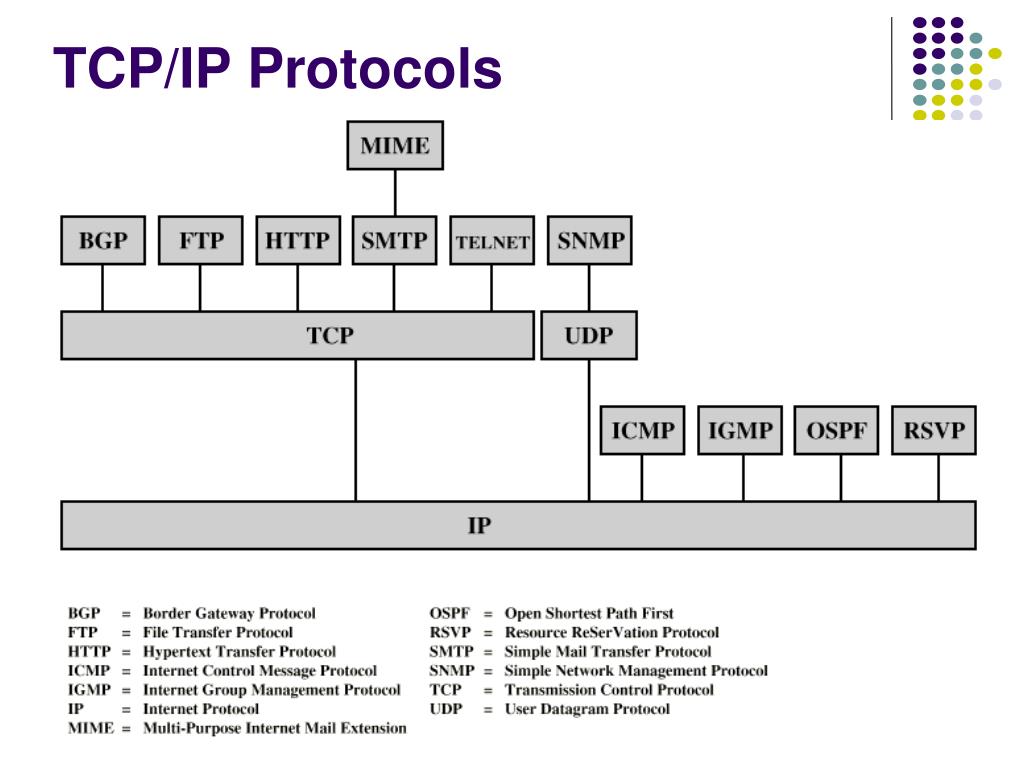

History and applications ĬLIP was originally undertaken to study interactions between the neuron-specific RNA-binding protein and splicing factors NOVA1 and NOVA2 in the mouse brain, identifying RNA binding sites that contained the expected Nova-binding motifs. cDNA is then synthesized via RT-PCR followed by high-throughput sequencing followed by mapping the reads back to the transcriptome and other computational analyses to study the interaction sites. This often leads to truncation of cDNAs at the crosslinked nucleotide, which is exploited in variants such as iCLIP to increase the resolution of the method.

Proteinase K digestion is then performed in order to remove protein from the crosslinked RNA, which leaves a few amino acids at the crosslink site.
#Iclip protocol time free
In order to allow for priming of reverse transcription, RNA adapters are ligated to the 3' ends, and RNA fragments are labelled to enable the analysis of the RNA-protein complexes after they have been separated from free RNA using gel electrophoresis and membrane transfer. The cross-linked cells are then lysed, RNA is fragmented, and the protein of interest is isolated via immunoprecipitation. Upon UV exposure, covalent bonds are formed between proteins and nucleic acids that are in close proximity (on the order of Angstroms apart). CLIP begins with the in-vivo cross-linking of RNA-protein complexes using ultraviolet light (UV).


 0 kommentar(er)
0 kommentar(er)
